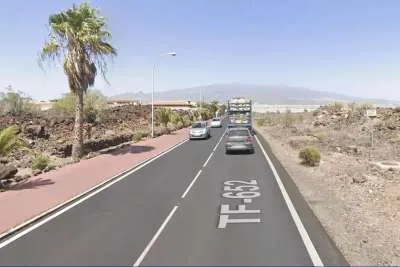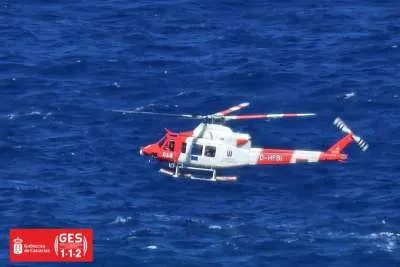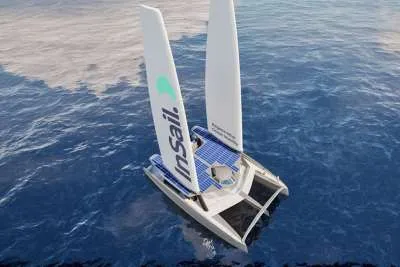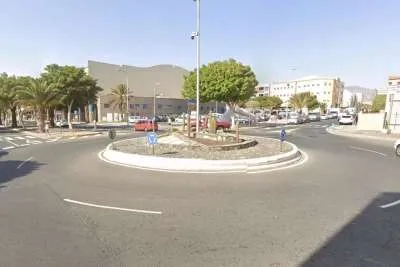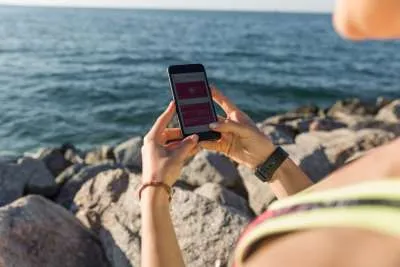Travel Meets Technology
- 23-10-2025
- Business
- collaborative post
- Photo Credit: Supplied
Remember when travel prep meant printed boarding passes, guidebooks, and a pocket full of SIM cards? In 2025, the heaviest lift is usually deciding which app to trust. From biometric borders to eSIMs and shipboard satellite internet, technology now shapes almost every moment of a trip, right down to how we relax in the evenings.
Borders go biometric, lines get shorter (eventually)
The EU started entering its Entry/Exit System (EES), which replaces the archaic system of passport stamps with automated kiosks to record a facial image, fingerprints (first visit), and passport information on October 12, 2025. It has a transition period of six months and is anticipated to be fully operational by April 10, 2026; the scheme will subsequently be dovetailed with ETIAS, which is now planned to be introduced in late 2026. There will be initial queues, though the endgame will be quicker and paperless crossings over 25 EU states and Schengen partners.
Airside ID checks are modernising, too. The U.S. TSA now accepts mobile driver’s licenses (mDLs) stored in Apple/Google/Samsung Wallets at 250+ airports, with 14 states approved as of January 29, 2025. Where CAT-2 readers are installed, you can tap your phone and move no plastic card needed.
Connectivity without the SIM-card shuffle
If you’ve ever spent a layover hunting for a kiosk to buy a local SIM, eSIM is the fix. According to GSMA Intelligence (April 2025), 19% of eSIM-aware consumers already use it, and 51% of eSIM users activated service while travelling abroad in the last 12 months.
Cruise travellers finally have respectable Wi-Fi, too. Major lines, including Carnival, Royal Caribbean, and Norwegian, rolled out Starlink fleetwide, with Carnival finishing by May 2024, bringing reported peak speeds up to ~200 Mbps at sea in ideal conditions. It’s not always “home-fast,” but it’s night-and-day better than the old satellite days, making cloud backups, video calls, and streaming far more feasible on the open ocean.
Leisure on the move: casual gaming, streaming and yes, betting
Downtime on a train or in a hotel room isn’t just for scrolling. Faster ship and airport Wi-Fi plus cheap eSIM data make mobile gaming and sports betting part of many travellers’ wind-down routine, especially during major tournaments or local derbies you stumble into on the road. If you enjoy keeping up with your favourite leagues while abroad, a reliable data plan and a reputable app are the essentials.
When you’re ready to place a friendly wager from your phone, many travellers look for apps with clean interfaces, quick withdrawals, and light data usage handy when you’re tethered to an eSIM abroad. If that’s you, you can explore MelBet download for a mobile-first experience that fits neatly into a travel day between museums, trains, and dinner plans. Place bets, check odds, then tuck the phone away and keep the trip rolling.
Social proof and local context
One underrated use of social platforms on the road is ground truthing, checking local pages for venue hours, safety notes, or matchday buzz before you head across town. For example, browsing community-driven pages like the official MelBet Facebook Somalia page can offer real-time updates, fan discussions, betting tips, and promo alerts. These pages are a useful way to stay informed about upcoming fixtures, odds changes, and special offers from the bookmaker, helping you make smarter decisions before placing a bet.
The app stack that actually earns space on your phone
● Getting around: In most cities, Google Maps and Citymapper are still the easiest way to see real-time transit, find bike-share docks, and gauge walking times, lifesavers when you’re somewhere new.
● Languages: For menus and quick conversations, DeepL and Google Translate do a solid job. Grab the offline packs before you go so you’re covered without data.
● Money: Use Wise or Revolut for multi-currency spending and fast transfers. Travelling with friends? Splitwise keeps shared costs tidy.
● Safety & documents: An eSIM from Airalo or Holafly means instant data on arrival. Where it’s supported, digital IDs in your wallet help at checkpoints, and a password manager keeps bookings and insurance details secure.
Smart habits that make the tech work for you
● Pre-enrol where possible. If you’re heading to the EU, read up on EES and consider building time at the airport during its first months. For U.S. trips, check if your state’s mDL is TSA-approved and whether your departure airport has CAT-2 readers.
● Download everything. Offline maps, boarding passes, translation packs, and a backup eSIM QR code can save a day when coverage drops.
● Keep leisure lightweight. Betting or streaming on the go? Set spend and time limits before you start, and use app settings to cap data usage.
● Respect local rules. Gambling regulations vary by country and region; always comply with local law and platform age requirements.
Travel tech does not make your holiday a screen time experience, but instead removes the friction to enable you to enjoy more of the world with a minimum of hassles. Biometric borders reduce queues, eSIMs eliminate SIM hunts, cruise internet actually works, and your preferred leisure apps can travel with it without stealing the itinerary. Pack some light, charge, and leave the software to the monotonous stuff as you fill the good memories.
Other articles that may interest you...
Trending
Most Read Articles
Featured Videos
A Vision of Elvis Tenerife Promo
- 10-05-2025
TEAs 2025 Highlights
- 17-11-2025










